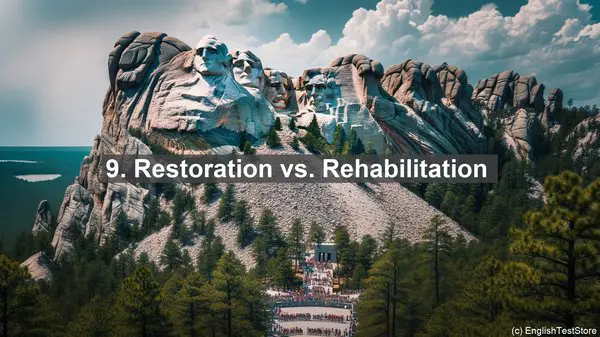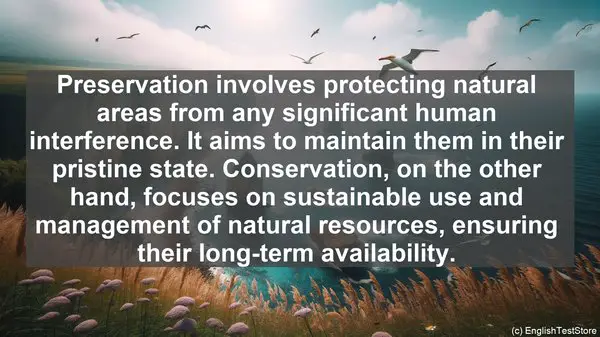Introduction
Welcome to today’s lesson on conservation planning. In this lesson, we’ll be discussing the top 10 commonly confused words in this field. Understanding these distinctions is crucial for effective conservation efforts. So, let’s dive in!
1. Biodiversity vs. Species Richness
While both terms refer to the variety of life, biodiversity encompasses the total range of biological variation, including genes, species, and ecosystems. On the other hand, species richness focuses solely on the number of different species in a given area. So, biodiversity is a broader concept.
2. Endangered vs. Threatened
When we talk about endangered species, we mean those facing a very high risk of extinction. Threatened species, on the other hand, have a lower risk but are still vulnerable. Both categories require conservation measures, but the urgency may vary.
3. Habitat vs. Ecosystem
A habitat refers to the specific environment where a particular organism lives. It can be as small as a tree hollow or as vast as a coral reef. In contrast, an ecosystem is a more comprehensive unit, comprising all the living organisms and their physical surroundings in a given area.
4. Preservation vs. Conservation
Preservation involves protecting natural areas from any significant human interference. It aims to maintain them in their pristine state. Conservation, on the other hand, focuses on sustainable use and management of natural resources, ensuring their long-term availability.
5. Invasive vs. Native Species
Native species are those naturally occurring in a specific region, having evolved there over time. Invasive species, however, are introduced from elsewhere and can cause harm to the local ecosystem, often outcompeting native species for resources.
6. Keystone Species vs. Indicator Species
A keystone species has a disproportionately large impact on its ecosystem, often influencing the presence and abundance of other species. Indicator species, on the other hand, provide insights into the overall health of an ecosystem. Their presence or absence can indicate environmental changes.

7. Fragmentation vs. Connectivity
Fragmentation occurs when a large, continuous habitat is divided into smaller, isolated patches. This can have detrimental effects on biodiversity. Connectivity, on the other hand, refers to the presence of corridors or pathways that allow movement between these patches, promoting gene flow and species interactions.
8. Ex situ vs. In situ Conservation
In situ conservation involves protecting species in their natural habitats. This can be through the establishment of protected areas. Ex situ conservation, on the other hand, involves the preservation of species outside their natural habitats, often in zoos, botanical gardens, or seed banks.
9. Restoration vs. Rehabilitation
Restoration aims to bring a degraded ecosystem back to its original state, using native species and natural processes. Rehabilitation, on the other hand, focuses on improving the functionality of an ecosystem without necessarily restoring it to its original condition.
10. Mitigation vs. Adaptation
Mitigation refers to actions taken to reduce or prevent the severity of an environmental problem, such as climate change. Adaptation, on the other hand, involves adjusting to the changes that are already occurring. Both are essential strategies in addressing environmental challenges.

